In today’s fast-paced world, convenience is key. From ordering groceries online to accessing entertainment with a click, modern society values efficiency and accessibility. This cultural shift towards convenience has also extended to healthcare, where patients seek timely and hassle-free solutions for their medical needs. One significant manifestation of this trend is the rising popularity of urgent care clinics.
Gone are the days when scheduling a doctor’s appointment meant navigating long wait times or juggling conflicting schedules. Urgent care facilities have emerged as beacons of convenience, offering accessible healthcare services without the need for prior appointments. But what exactly makes urgent care so appealing to patients across the globe? Let’s delve deeper into the convenience factor driving the popularity of urgent care.
1. Immediate Access to Care
One of the primary reasons for the growing preference for urgent care is its ability to provide immediate access to medical attention. Unlike traditional healthcare settings where appointments are often scheduled days or weeks in advance, urgent care centers welcome walk-in patients without the need for prior arrangements. This on-demand accessibility ensures that individuals can seek medical assistance promptly, addressing their concerns without delay.
2. Extended Operating Hours
Another aspect contributing to the convenience of urgent care is its extended operating hours. Unlike many primary care practices that adhere to standard business hours, urgent care facilities often operate late into the evening and on weekends. This flexibility caters to individuals whose busy schedules or unexpected medical needs may arise outside typical clinic hours. Whether it’s a sudden fever in the middle of the night or a weekend injury, urgent care centers stand ready to provide prompt care when conventional options may be limited.
3. Minimal Wait Times
Long wait times have long been a source of frustration for patients seeking medical care. Urgent care centers, however, strive to minimize these delays by streamlining their processes and prioritizing efficiency. With a focus on prompt triage and streamlined workflows, urgent care facilities aim to reduce wait times significantly, ensuring that patients spend less time in the waiting room and more time receiving the care they need.
4. Comprehensive Services Under One Roof
In addition to convenience in access and timing, urgent care centers offer a wide range of medical services under one roof. From treating minor injuries and illnesses to providing diagnostic services such as X-rays and lab tests, these facilities are equipped to handle a variety of non-life-threatening medical issues. This comprehensive approach eliminates the need for patients to visit multiple providers or facilities for different aspects of their care, streamlining the healthcare experience and saving valuable time.
In conclusion, as society continues to prioritize efficiency and accessibility in healthcare, these facilities are well-positioned to meet the evolving needs of patients by offering immediate access to care, extended operating hours, minimal wait times, and comprehensive services under one roof.





